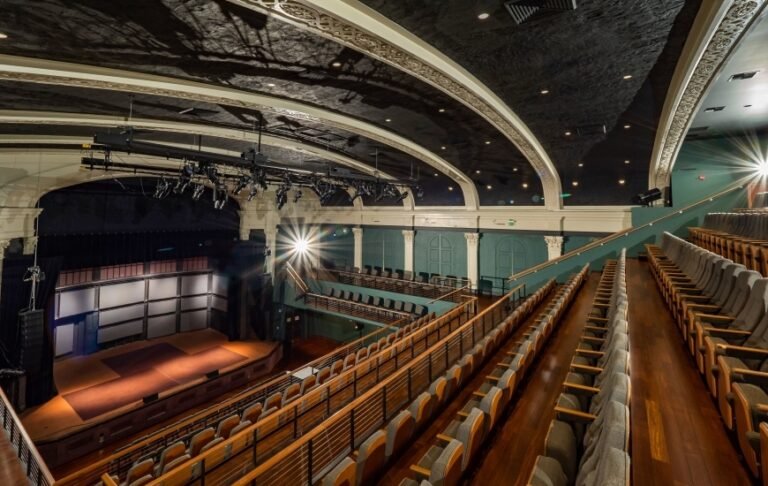Performing Arts

One of the many benefits of attending performances is the inspiration we get from being exposed to concepts, perspectives and ideas we may not get through any other means. It helps us understand our culture and our lives; it causes reflection and brings immense joy. Being able to understand, to catch the nuances and subtleties in these performances is critical to our reaching the full experience of being transported to a different time and place.
In many settings, hearing aids are insufficient, because turning up their volume magnifies extraneous noise and reverberation as well as the desired “signal.” Many people report no longer attending, because of the challenges of hearing. But when they use an assistive listening system to clarify sound by eliminating the negative effects of distance, noise, and reverberation, they engage and actively attend.
Possible Assistive Listening System Locations
There are several places, where a patron, performer, or staff member with hearing loss might use an assistive listening system. Below are some general ideas to adapt for your specific situation and need. All require a microphone for input.
- Board rooms
- Guest services desk
- Performance halls
- Stages
Resources
- List of U.S. theaters/performing arts centers with hearing loops.
- Examples of looped college auditoriums at Hope College.
- Theater or Concert Hall Sound Mixing for People with Hearing Loss (HLAA Reprinted with permission Richard Einhorn, 2 pages, pdf)
- Patron’s handout for Player’s Theater in Florida Try Our New Sound System! Hearing Aid Wearers Will Not Believe Their Ears!
- Zotero online library of 140+ articles, websites, and examples.
